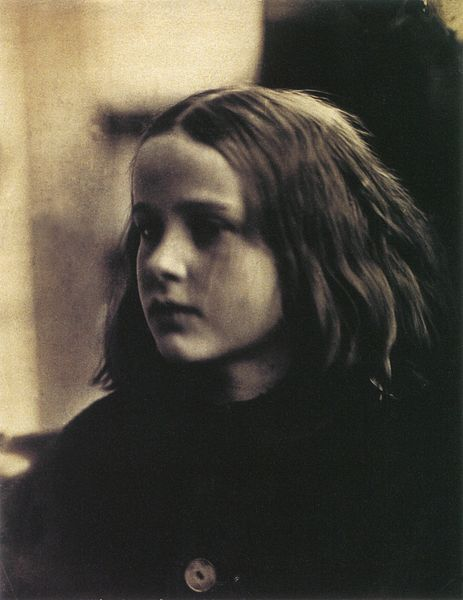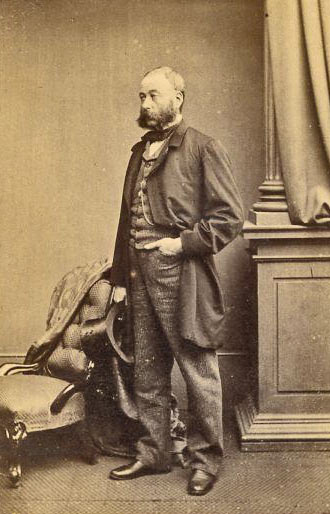Photography turns the ordinary into the extraordinary…
Meudon is a photo of a street with a bridge in the background taken by André Kertész. After he took the photo he went back and took another photo of it but this time there was a steam train going over the bridge and people on the street and the photo was more interesting than the first one.

Camera obscura

The camera obscura is a natural phenomenon where rays of light entering a completely dark room form an upside down image of the outside of the room on the opposite side of the room the light is coming from. This technique has been used for thousands of years to trace images way before photography was invented in 1839 making it the starting point on the concept of photography.
Joseph Nicéphore
Joseph Nicéphore was originally interested in lithography which is a form of printmaking but eventually went on to try and to capture photos. It is unknown when but after years of experimenting with different chemicals he wrote a letter to his sister in law in around 1816 which suggested that he managed to capture small images on paper coated in silver chloride however the images he created were negatives. He describe the process as “The discovery I have made and which I call Heliography, consists in reproducing spontaneously, by the action of light, with gradations of tints from black to white, the images received in the camera obscura.”

The oldest surviving photograph by him, and the first ever photograph that exists, is called View from the Window at Le Gras, and was taken around 1822-1827. This breakthrough lead him to partner up with Louis Daguerre in helping to create Daguerreotype.
The Daguerreotype

The Daguerreotype was the first commercially available photographic processes invented by Louis Daguerre in august 1839, which allowed images to be physically saved. The process was long and tedious which involved polishing silver plated copper until its surface was like a mirror while treating it with chemicals so the metal became light sensitive. Afterwards you would put in in a camera obscura box and then treat it with more chemicals, the proses was expensive and very time consuming, however with it being the first way to commercially take physical photos and was a massive milestone in the history of photography.
Robert Cornelius

Robert Cornelius was the first person ever to take a ‘selfie’ (self portrait) in 1839 using the Daguerreotype, just months after it was invented. It was not an easy task as Robert Cornelius had to determine that the lighting, in his families garden, where he took the self portrait, was good enough and then stand motionless in front of the camera for around 10-15 minutes for the cameras exposure to take him in.
The Calotype

Henry Fox Talbot was also a major founder of photography and invented the Calotype in 1840, an improvement of the Daguerreotype, which was a technique of putting photographic paper in a camera obscura box, which would produce an invisible negative image which when put in a chemical solution in a dark room would produce a negative image which could be used to produce clones of an image. This process was an extreme improvement to the Daguerreotype as it allowed images to have a shorter exposure time as it would usually take ages to take a photograph due to the exposure needed, It also meant photographs could be printed on paper instead of metal and you could make multiple copies of the image.
Julia M. Cameron

When Julia was 48 she got gifted a camera by her daughter which was the beginning of her photographic legacy. She began taking photographic portraits of people, in 1864 she took a photograph of a 9 year old girl which became her first successful image and that year she ended up being elected to the photographic society of London, making her a member. Her photographic technique of taking soft focus portraits was criticized at the time however those photos have paved the way for modern portrait photography and are now highly valued. She described photography as: “The camera has become to me, a living thing, with voice, memory and a creative vigour.”
Henry Mullins

Henry Mullins was a professional portrait photographer who started his career in London in the 1840s and moved to Jersey in 1848 because it was cheaper to produce photos here. While he lived in jersey he took over 9,800 of portrait photos of Islanders in his photography studio in the Royal square, St. Helier.
